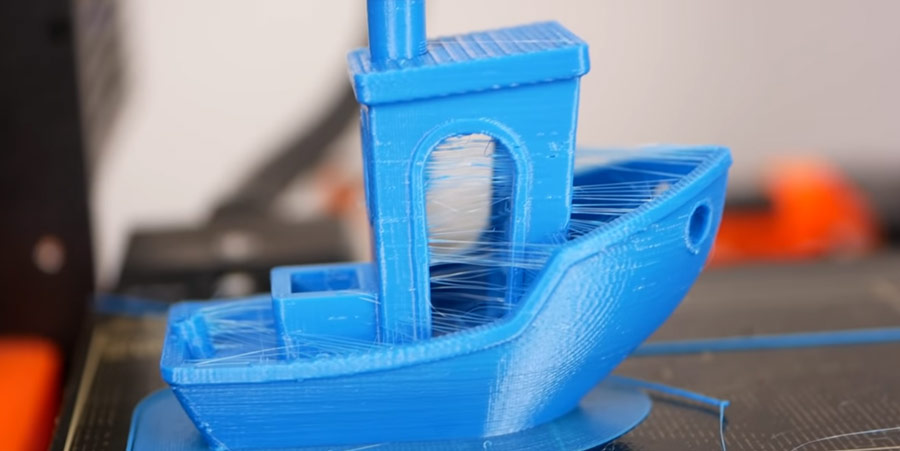Under-extrusion is the name given to the most common printing problem in 3D printing. If the spool is not dry, you can experience poor quality prints.
How to know if the filament is wet?
The first way to detect its condition is to see that the material is not smooth and contains small bubbles inside. These are formed by the process of evaporation of the moisture already stored inside the material, eventually producing steam inside the filament.
You can also detect that the filament is wet if the material keeps on extruding, even though the extrusion motor has stopped pushing through the printer’s fuser.

What are the main consequences of 3D printing with bad filaments?
● Extrusion lines are uneven and even cracks or gaps occur between them
● The parts do not adhere well to each other.
● Printed parts break easily
● Stringing, or the appearance of “threads” in your prints, can occur.
● Hotend clogging can occur.
How can this problem be prevented?
Prior to shipment, Winkle vacuum packs the coils to preserve all the product’s properties.

This prevents the filament from deterioration due to humidity and other weather conditions, such as UV rays, during arrival at the destination.
This process also allows the filament to arrive perfect winding to the customers.
www.winkle.shop
